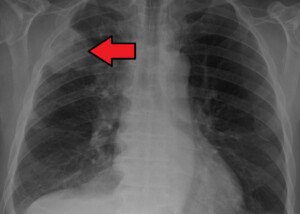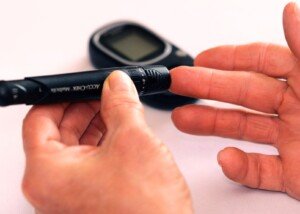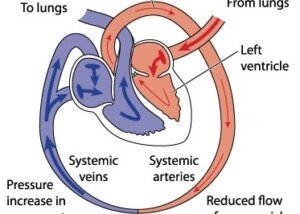How Women Can Tone Biceps with Standing Dumbbell Curls

Women can tone and give shape to their biceps (upper part of the front of the arm) with standing dumbbell curls. (more…)
Best All Dumbbell Exercise Routine for Women!
The following dumbbell-only workout is ideal for women who want to shape and sculpt their bodies and/or burn a LOT of fat. (more…)
Learn How Stiff Legged Deadlifts Help Back Pain
One of the most overlooked issues with back pain are tight hamstrings, but the stiff-leg deadlift could be your solution.
The upper back, spine, glutes, hamstrings, and calf muscles all belong to the posterior chain. Better put, the muscles you can’t see in the mirror. (more…)
How to Lose Weight and Still Keep Your Round Butt

A shapely and round butt is highly desired, but it’s no secret that your body changes when you lose weight. (more…)
Blood Clot Risk in Smoking Women Using Birth Control Pills

Just how likely can birth control pills cause blood clots in smoking women?
You keep hearing about the risk of blood clots in smoking women who use birth control.
So here is more detailed information on that blood clot risk, that all smoking women on birth control should pay attention to. (more…)
How to Lose the Last 10 Pounds of Stubborn Fat

Why isn’t that last 10 pounds of fat coming off, after you’ve already lost 20, 30 or even 50 or more pounds?
There are things you can do to get rid of those last 10 pounds: safely and permanently, without taking any “fat burning” or “carb blocking” pills. (more…)
Why Are Most Cancer Patients on the Standard American Diet?

Have you ever wondered why so many cancer patients eat fast food and other processed foods on a regular basis? Why are only drugs prescribed to treat cancer? (more…)
How to Stop Fast Food Cravings if You’re Pregnant and Diabetic

You’re pregnant and diabetic and are craving fast food like mad; you do NOT have to cave to your junk food cravings!
There’s a way to kill these cravings before they put you in a strangle-hold. (more…)
Should Diabetics Exercise Before Bedtime?

































































